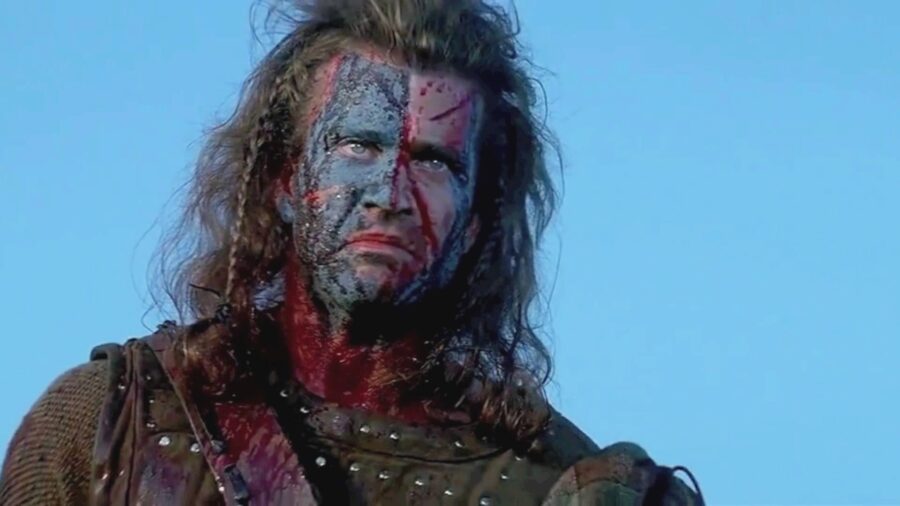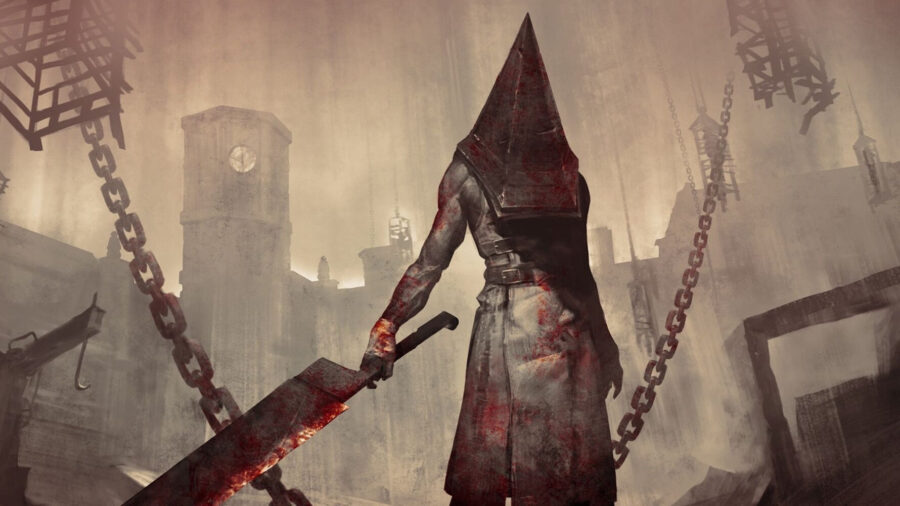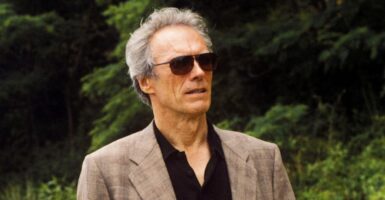How Braveheart Inspired Silent Hill’s Best Monster
The executioners in Braveheart were the inspiration behind Silent Hill's most recognizable monster, Pyramid Head.

2001’s Silent Hill 2 is often cited as the game that gave birth to the modern survival horror genre, despite being the second installment in the horror gaming franchise. The game has some pretty unsettling elements that induce the feeling of true dread, and the silhouette of Pyramid Head, the game’s famous executioner, is more than enough to induce nightmares. And while the series fans are hoping to see the Pyramid Head in the suggested remake of the game, it’s time to mention that 1995’s Braveheart was the intellectual property that inspired Silent Hill‘s best monster.
This information comes from Konami’s Silent Hill 2 art director Masahiro Ito himself, as he revealed that the inspiration from one of the horror world’s most recognizable monsters came from the 1995’s historical drama film Braveheart, starring Mel Gibson. Ito stated that the appearance of the film’s executioners that appear next to Mel Gibson’s William Wallace was a major inspiration for Pyramid Head. Upon seeing them on screen, the art director researched executioners throughout Medieval Europe’s history before deciding on the creature’s final design.
Admittedly, the two sets of executioners present in Braveheart and Silent Hill 2 bear a striking resemblance to each other due to the whitish cloth bags they wore to protect their identities. And while they’re clearly not metal pyramids mounted on their heads, there’s a certain unease upon seeing the Braveheart executioners for that very same reason. Ito, who shared this tidbit on Twitter, also took the game’s fans through the entire creation process of Silent Hill‘s most recognizable monster. And as with all game characters, there were several designs.

The Silent Hill art director stated that he wanted to give the P-Head some sort of mask or face covering that was traditionally used to protect the executioner’s identity. However, Ito thought that a simple face mask wouldn’t be enough, so he designed several iterations of the character, many of which featured some sort of metallic or mechanical component that would hide their identity. It was upon seeing Braveheart that the Silent Hill artist had the inspiration to modify one of the designs and give the towering humanoid executioner a pyramid-shaped, metal-made mask.
Silent Hill‘s most recognizable monster achieved iconic status as the game’s antagonist and the “face” of the Silent Hill franchise as a whole. Although it was exclusively designed to represent the protagonist’s repressed guilt in the second game, the monster’s growing popularity saw him surpassing its initial purpose in the fandom’s eyes. The creature was initially conceptualized as a chaser element that would unsettle the players, as the character represents the protagonist’s guilt catching up with him, and the art director and his team did exactly that and more.
Even 22 years later, Silent Hill‘s monster still terrifies the players, despite the game’s, by today’s standards, noodle graphics. This implies that Ito, thanks to the inspiration he got while watching Braveheart, managed to create something so horrifying for the Silent Hill franchise that its psychological implications run deeper than its terrifying image. It even appeared in the movie adaptation, and it might even appear in the upcoming reboot.












